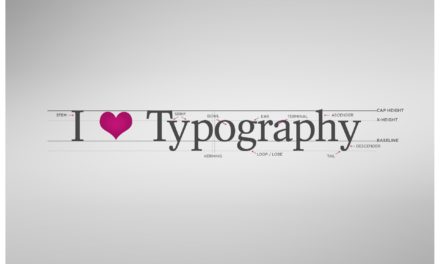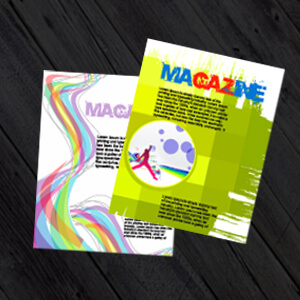As the 2024 general election campaign heats up, candidates and their teams are harnessing every available tool to engage, inform, and persuade voters. Amidst the digital cacophony of social media ads, email blasts, and viral videos, one traditional method remains a potent force in political campaigning: direct mail marketing. Often overlooked in the digital age, direct mail has proven its resilience and effectiveness, especially in the high-stakes arena of political campaigns. Here’s why direct mail marketing is set to play a crucial role in the upcoming 2024 general election.
The Tangibility Advantage
In a world dominated by screens, the physicality of direct mail stands out. A well-designed piece of direct mail is tangible and can be held, examined, and retained. This physical presence in a voter’s home creates a lasting impression that digital ads often lack. While an email can be easily deleted or a social media post scrolled past, a direct mail piece demands attention, offering a tactile connection that can influence a voter’s perception and decision.
Personalisation and Targeting
One of the greatest strengths of direct mail marketing is its ability to be highly personalised and targeted. Campaigns can tailor their messages to specific demographics, geographic areas, or even individual voter profiles. By using voter data, campaigns can craft messages that resonate with the concerns and interests of different voter segments. Personalised letters, postcards, or brochures that address a voter’s specific issues or highlight a candidate’s stance on matters important to them can be incredibly persuasive.
Trust and Credibility
Direct mail often carries an inherent sense of legitimacy and credibility that digital communications sometimes lack. In an era where misinformation and digital scams are rampant, receiving a well-crafted mail piece can feel more trustworthy. Voters are likely to perceive a tangible mail piece as a more serious and considered effort by a campaign, as opposed to a quickly produced digital ad. This trust can be pivotal in swaying undecided voters or reinforcing the loyalty of supporters.
Creative and Engaging Formats
Direct mail offers a wide range of creative possibilities. Beyond standard letters and postcards, campaigns can use formats such as brochures, flyers, or even interactive elements like QR codes that direct recipients to online resources. The physicality allows for creative design elements that can capture attention and engage recipients in ways that digital formats cannot. For example, a cleverly designed mail piece with infographics, fold-outs, or personalized notes can significantly enhance engagement and message retention.
Effective for All Demographics
While younger generations may be more digitally inclined, direct mail has proven effective across all age groups. Older voters, who are often key constituents in elections due to higher turnout rates, may prefer and respond better to direct mail. Additionally, not all voters are equally accessible online, whether due to digital literacy or access issues. Direct mail ensures that a campaign’s message reaches every voter, bridging the digital divide and ensuring inclusivity.
Enhancing Digital Campaigns
Direct mail doesn’t have to stand alone; it can complement and enhance digital marketing efforts. A coordinated campaign that integrates direct mail with digital strategies can create a cohesive and powerful narrative. For instance, direct mail pieces can include QR codes or URLs that guide recipients to a campaign’s website, social media channels, or virtual events, creating a seamless experience that amplifies the campaign’s reach and impact.
For more on the power of direct mail check out this fantastic article by Market Reach: Why Mail?
Conclusion
As the 2024 general election approaches, direct mail marketing is poised to be a powerful tool in the arsenal of political campaigns. Its ability to deliver personalised, credible, and engaging messages directly to voters’ homes provides a unique advantage that digital methods alone cannot match. By integrating direct mail with digital strategies, campaigns can create a multifaceted approach that maximises voter engagement and persuasion. In the end, the tactile power of direct mail might just be the key to winning hearts, minds, and votes in this pivotal election.







.jpg)
.jpg)
